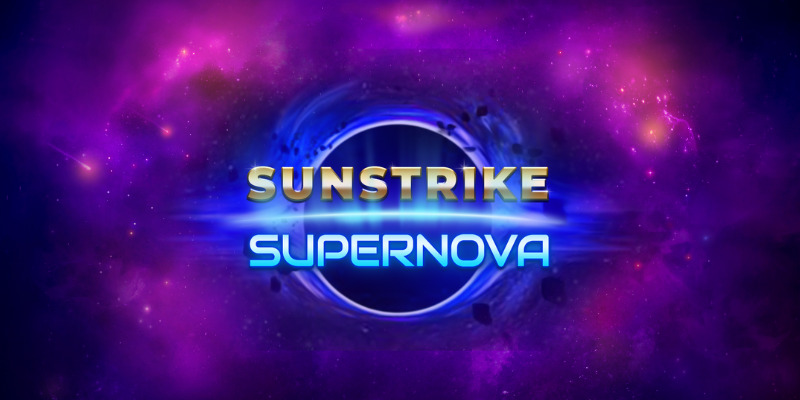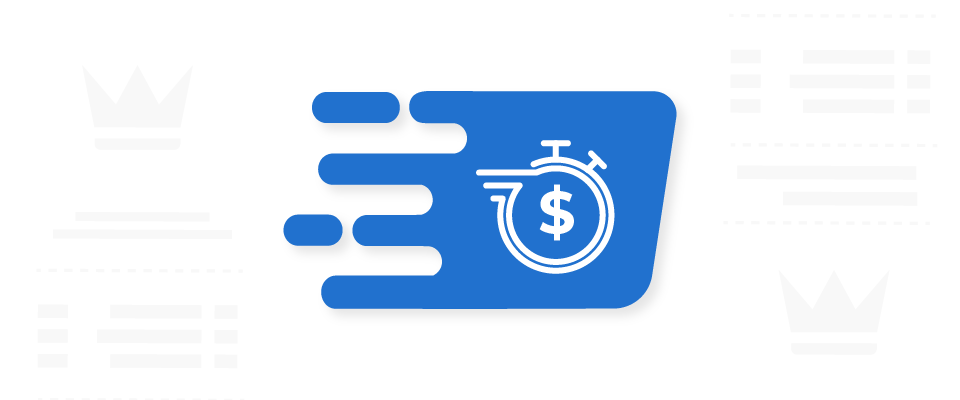- Seismic Shifts Unfold: Your Essential Guide to Current Affairs and Breaking news This Hour.
- The Evolution of Information Dissemination
- The Impact of Social Media on Current Events
- Developing Critical Media Literacy Skills
- The Importance of Source Diversity
- Navigating the Challenges of Misinformation
- Tools and Techniques for Fact-Checking
- The Future of News Consumption
- The Role of Responsible Journalism
. . .
Seismic Shifts Unfold: Your Essential Guide to Current Affairs and Breaking news This Hour.
In an era defined by instant communication and global interconnectedness, staying informed about current events is more crucial than ever. The rapid dissemination of information, often referred to as ‘news‘, shapes our understanding of the world, influences public opinion, and ultimately impacts the decisions we make as individuals and as a society. The accessibility of information through various platforms—from traditional media outlets to social media feeds—presents both opportunities and challenges. It demands critical thinking, media literacy, and a discerning approach to navigate the complex landscape of current affairs. This guide provides a framework for understanding the core components of keeping abreast of the world around us.
The Evolution of Information Dissemination
Traditionally, news was primarily disseminated through established media organizations such as newspapers, television, and radio. These sources, while often subject to certain biases, generally adhered to journalistic standards of verification and objectivity. However, the rise of the internet and social media has fundamentally altered this landscape, creating a more fragmented and decentralized information ecosystem. Now, anyone with an internet connection can become a content creator and distributor, bypassing traditional gatekeepers. This democratization of information has led to a proliferation of sources, making it increasingly difficult to distinguish between credible journalism and misinformation.
The Impact of Social Media on Current Events
Social media platforms have become powerful drivers of news consumption, offering instant updates and real-time coverage of events as they unfold. While this immediacy can be beneficial, it also carries significant risks. The algorithm-driven nature of these platforms often prioritizes engagement over accuracy, leading to the spread of sensationalized stories and false information. Furthermore, the echo chamber effect, where individuals are primarily exposed to viewpoints that confirm their existing beliefs, can exacerbate polarization and hinder constructive dialogue. The speed with which information travels online necessitates a renewed focus on fact-checking and critical evaluation.
| Traditional Newspapers | In-depth reporting, investigative journalism | High – Fact-checking, editorial oversight | Low-Moderate |
| Television News | Visual reporting, breaking news coverage | Moderate – Editorial oversight, journalistic standards | Moderate |
| Social Media (e.g., Twitter, Facebook) | Real-time updates, citizen journalism | Low – Limited fact-checking, user-generated content | High |
| Online News Aggregators | Compilation of news from various sources | Moderate – Relies on source credibility | Moderate |
Developing Critical Media Literacy Skills
In this environment, developing critical media literacy skills is paramount. This involves being able to assess the credibility of sources, identify biases, and differentiate between fact and opinion. It requires questioning the information you encounter, seeking diverse perspectives, and independently verifying claims before accepting them as truth. Critical reading, evaluating website domains, and recognizing manipulative techniques are essential components of this skillset.
The Importance of Source Diversity
Relying on a single news source can create a skewed perception of reality. Seeking out multiple sources, representing different viewpoints, allows for a more comprehensive and nuanced understanding of complex issues. This includes consuming news from different countries and political perspectives. Furthermore, it’s beneficial to distinguish between news reporting and opinion pieces. Opinion articles, while valuable for offering analysis and commentary, are inherently subjective and should be evaluated accordingly. A well-rounded media diet prioritizes factual reporting and diverse sources.
- Cross-Reference Information: Verify claims by consulting multiple independent sources.
- Check the Author’s Credibility: Research the author’s background and expertise.
- Identify Potential Biases: Be aware of the source’s political leanings and potential agendas.
- Look for Evidence and Supporting Data: Credible reports are usually backed by solid evidence.
- Be Wary of Emotional Language: Sensationalism often indicates a lack of objectivity.
Navigating the Challenges of Misinformation
Misinformation, often spread intentionally, poses a significant threat to informed public discourse. Deepfakes, fabricated stories, and manipulated images are becoming increasingly sophisticated, making it harder to discern reality from falsehood. Combatting misinformation requires a collective effort, involving media organizations, social media platforms, and individual citizens. Fact-checking websites, such as Snopes and PolitiFact, play a crucial role in debunking false claims.
Tools and Techniques for Fact-Checking
Several online tools can aid in fact-checking. Reverse image search can help determine the origin of an image and identify potential manipulations. Websites that track the spread of misinformation, like Media Bias/Fact Check, provide ratings of news sources based on their factual reporting and bias levels. Furthermore, being skeptical of sensational headlines and carefully examining the website domain can help identify unreliable sources. Remember to always question the information you encounter and verify it before sharing it with others.
- Utilize Fact-Checking Websites: Snopes, PolitiFact, and FactCheck.org are reputable resources.
- Perform Reverse Image Searches: Google Images and TinEye can help identify manipulated images.
- Check Website Domains: Look for professional-looking websites with clear contact information.
- Be Skeptical of Social Media Shares: Verify claims before sharing them.
- Report Misinformation: Help platforms identify and remove false content.
The Future of News Consumption
The future of news consumption is likely to be characterized by even greater personalization and fragmentation. Artificial intelligence (AI) will play an increasing role in curating news feeds and delivering personalized content. While this could potentially enhance the relevance of information, it also raises concerns about filter bubbles and the reinforcement of existing biases. A continued emphasis on media literacy and critical thinking will be essential to navigate this evolving landscape and ensure informed decision-making.
| AI-Powered News Curation | Personalized news feeds, increased relevance | Filter bubbles, reinforcement of biases |
| Virtual and Augmented Reality News | Immersive storytelling, increased engagement | Potential for manipulation, blurred lines between reality and fiction |
| Decentralized News Platforms | Increased transparency, citizen journalism | Lack of editorial oversight, spread of misinformation |
The Role of Responsible Journalism
Amidst the challenges of the modern information landscape, the role of responsible journalism remains vital. Journalists have a duty to uphold the principles of accuracy, fairness, and objectivity in their reporting. This involves thoroughly vetting sources, providing context, and presenting diverse perspectives. Supporting quality journalism is crucial for preserving a well-informed citizenry and fostering a healthy democracy. Seeking out and funding trusted news organizations helps to ensure that accurate and reliable information remains accessible to all.












